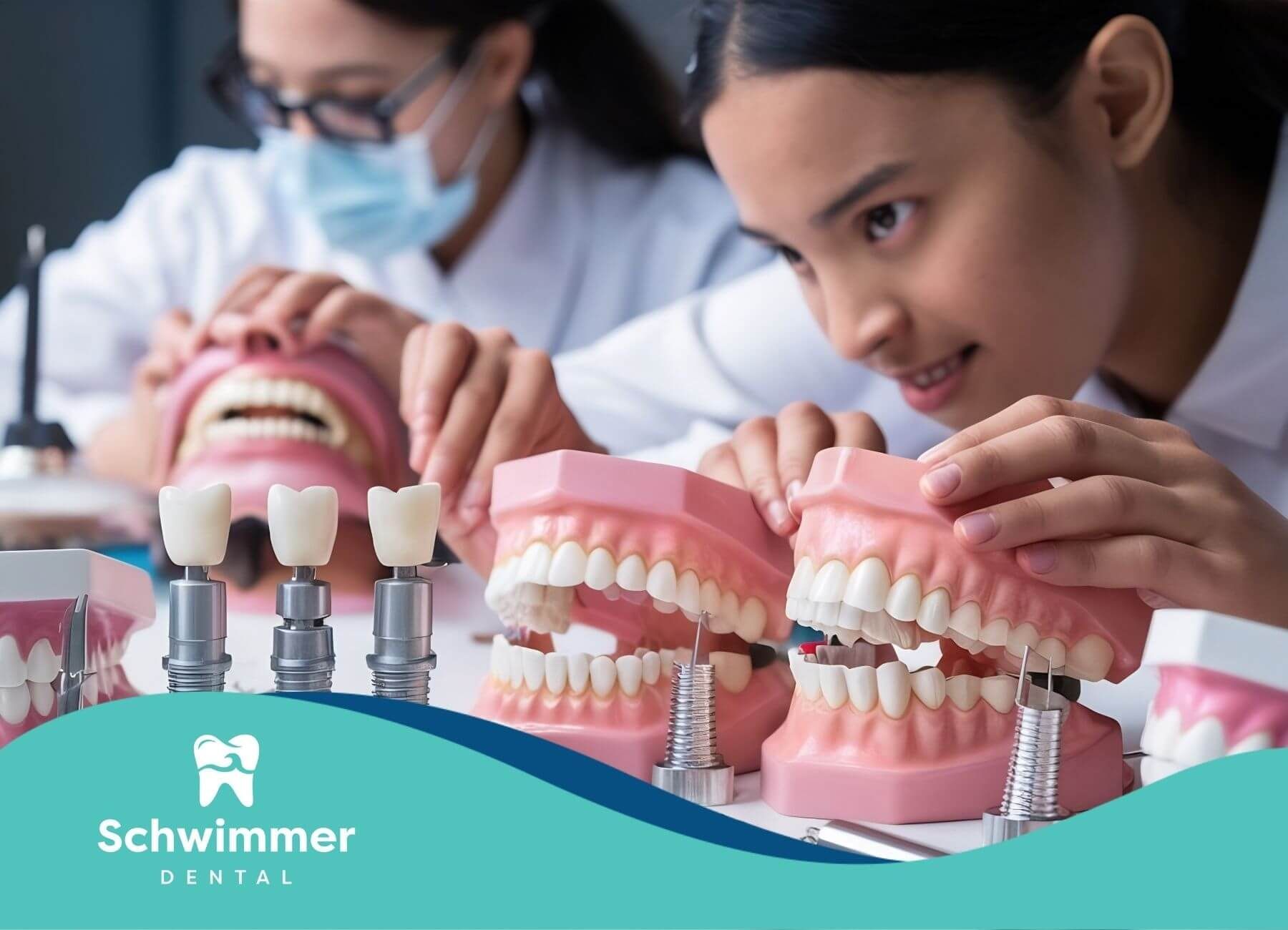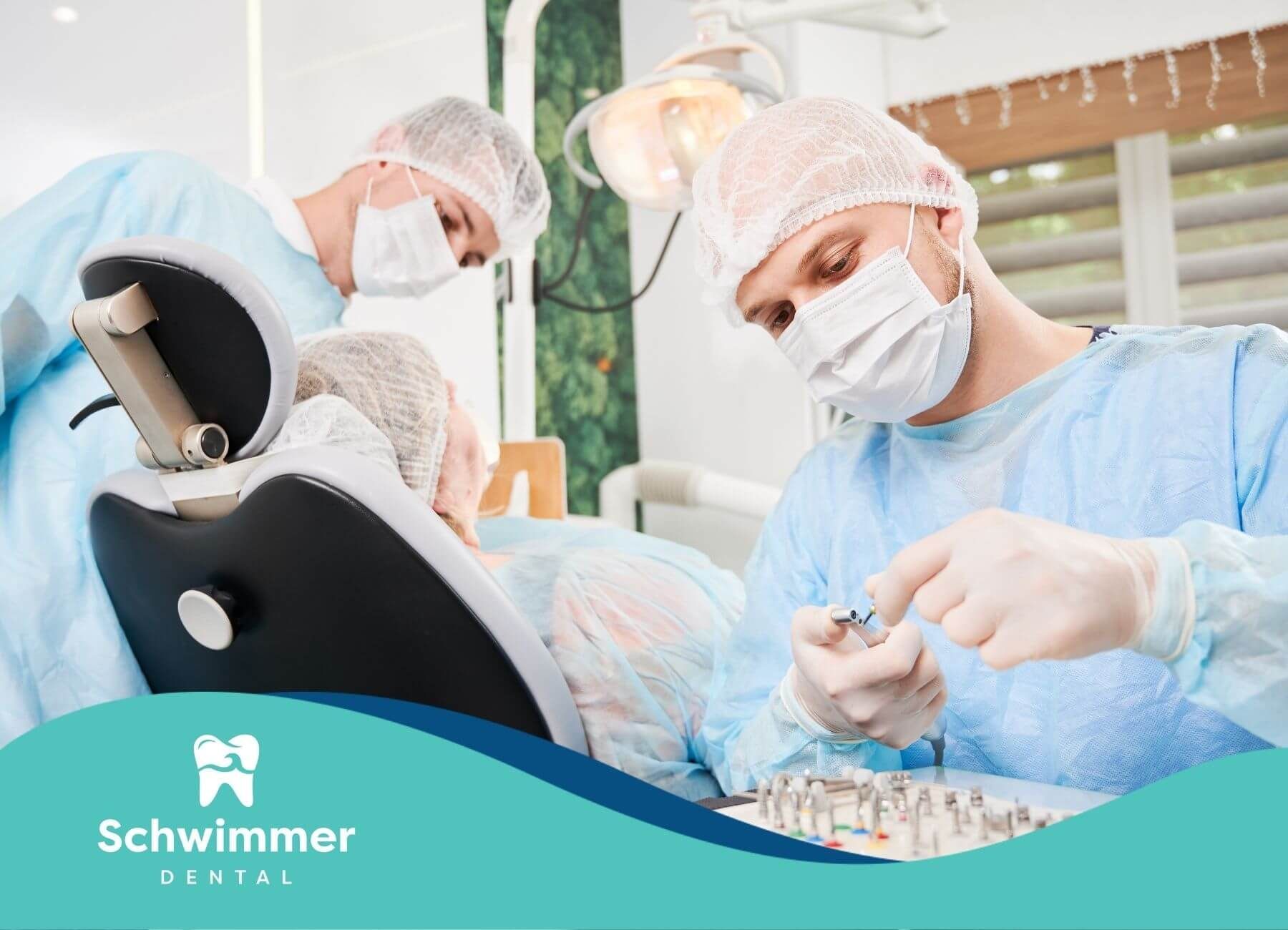Effective Crossbite Treatment Options You Should Consider
Understanding Crossbite
Crossbite is a dental condition that affects many individuals, leading to various oral health complications if left untreated. It is essential for parents, individuals, and dental professionals to comprehend the different types of crossbites and their potential complications.
Types of Crossbite
Crossbite can be categorized into two primary types: anterior and posterior.
Anterior Crossbite:
- In an anterior crossbite, the lower front teeth may fit in front of the upper front teeth.
- This type of crossbite occurs when the top front teeth are positioned behind the bottom set.
Posterior Crossbite:
- In a posterior crossbite, the upper teeth fit inside the lower teeth at the back of the mouth.
- This misalignment usually involves the back molars and can affect one or both sides of the mouth.
| Type of Crossbite | Dental Position |
|---|---|
| Anterior Crossbite | Lower front teeth in front of upper front teeth |
| Posterior Crossbite | Upper back teeth inside lower back teeth |
For more detailed explanations, explore our guide on types of crossbite.
Complications of Crossbite
Leaving a crossbite untreated can result in several complications, impacting a person's overall dental health and well-being.
- TMJ Problems: Crossbite can contribute to temporomandibular joint (TMJ) issues, leading to chronic pain and headaches.
- Facial Asymmetry: The uneven alignment of the teeth can cause asymmetry in facial appearance, affecting one's confidence and self-esteem.
- Teeth Grinding and Wear: Misaligned teeth in crossbite may grind against each other, leading to significant enamel wear and increasing the risk of tooth decay.
- Gum Recession: The improper positioning of teeth can cause gum recession, which can exacerbate dental problems and lead to gum disease.
- Irreversible Problems: Over time, untreated crossbites can lead to irreversible damage, such as chronic jaw pain, severe enamel damage, and an increased risk of tooth loss.
It's crucial to address these issues promptly to avoid long-term complications. For more information on crossbite-related issues and suitable treatments, check out our articles on crossbite correction in adults and crossbite in children.
Orthodontic Treatments
Orthodontic treatments are essential for correcting crossbite by realigning teeth and jaws to achieve proper dental alignment. These treatment options include braces, Invisalign, and palatal expanders.
Braces for Crossbite
Braces are one of the most common crossbite treatment options, effectively realigning teeth into the proper position. Braces consist of metal or ceramic brackets affixed to each tooth, connected by wires that apply continuous pressure to move teeth into the desired alignment.
Braces are customizable, and the treatment duration can vary depending on the severity of the crossbite. Typically, the process can take anywhere from 18 months to 3 years. Regular orthodontic appointments ensure adjustments are made to maintain progress.
| Braces Type | Material | Average Treatment Duration |
|---|---|---|
| Metal Braces | Stainless Steel | 18-36 months |
| Ceramic Braces | Ceramic | 18-36 months |
Invisalign for Crossbite
Invisalign offers a modern approach to treating crossbite with clear, removable aligners. Invisalign aligners are custom-made for each patient and are worn over the teeth. They gradually shift teeth into proper alignment by applying controlled force.
The aligners are typically replaced every two weeks, with each new set moving the teeth closer to the desired position. Invisalign is popular among adults and teenagers due to its discreet appearance and convenience. Treatment duration ranges from 12 to 18 months, depending on individual cases.
| Invisalign | Material | Average Treatment Duration |
|---|---|---|
| Clear Aligners | Plastic (FDA-approved thermoplastic material) | 12-18 months |
Palatal Expanders
Palatal expanders are commonly used for younger patients, as their jaws are still developing. These devices gradually widen the upper jaw to correct crossbite and create enough space for teeth to align properly. Expanders are attached to the upper molars and adjusted periodically to widen the palate.
The duration of treatment with a palatal expander can vary but generally lasts around three to six months. This option is particularly effective in treating crossbite in children, preventing the need for more invasive treatments later in life.
| Palatal Expanders | Material | Average Treatment Duration |
|---|---|---|
| Fixed or Removable Device | Acrylic with Metal Components | 3-6 months |
Orthodontic treatments for crossbite not only improve dental alignment but also enhance overall oral health.
Post-Treatment Care
Importance of Retainers
Following the completion of active crossbite treatment, using retainers is essential to maintain the corrected alignment of the teeth. Retainers help prevent relapse and ensure long-term stability. Both fixed and removable retainers are available, and the choice depends on individual needs and preferences.
| Type of Retainer | Characteristics | Pros | Cons |
|---|---|---|---|
| Fixed Retainer | Bonded wire on the backside of teeth | Permanent, minimal maintenance | Requires professional removal, potential hygiene challenges |
| Removable Retainer | Typically made of plastic, worn at night | Easy to clean and maintain, removable | Must remember to wear it, potential to misplace |
Regular visits to the dentist are crucial during this phase. These visits help monitor the position of the teeth and make any necessary adjustments. Proper oral hygiene practices, including brushing and flossing, also play a vital role in the longevity of crossbite treatment outcomes.
Long-Term Stability
Ensuring the long-term stability of the teeth after crossbite correction involves several factors. The consistent use of retainers, as previously mentioned, is the foundation of maintaining alignment. Additionally, patients should be aware of their oral habits. Activities such as nail biting, chewing on hard objects, or clenching and grinding teeth can affect the stability of the treatment.
Maintaining a balanced diet that supports dental health is also key. Foods rich in calcium and vitamins promote strong teeth and gums. Regular dental check-ups can catch any shifting early and address issues promptly.
Understanding how crossbite treatment impacts long-term dental health helps ensure that the results of orthodontic treatments are preserved effectively.
For those curious about other dental discrepancies, exploring crossbite vs overbite can provide broader insights into orthodontic care and treatment options.
Adult Crossbite Treatment
VENLAY® Restorations
VENLAY® restorations provide optimal crossbite correction results with less risk and shorter treatment time compared to surgical methods. This non-invasive approach involves placing custom-made restorations on the teeth, which helps in optimizing jaw position and bite alignment. Dr. Sam Muslin, a key innovator in this field, evaluates each patient to tailor the treatment based on jaw and bite relationships, ensuring a personalized approach.
Benefits of VENLAY® Restorations:
- Non-invasive and painless
- No surgery or lengthy recovery time
- Customized for each patient
Jaw Surgery Considerations
Jaw surgery, also known as orthognathic surgery, is another option for correcting severe cases of crossbite. This surgical procedure realigns the jaws to improve their function and appearance. However, it is important to consider that jaw surgery can be invasive and often requires a lengthy recovery period. Patients typically need several weeks to heal, and the procedure may involve wiring the mouth shut temporarily.
Factors to Consider:
- Invasive procedure with lengthy recovery
- Significant impact on daily activities
- Effective for severe crossbite cases
| Treatment Option | Invasiveness | Recovery Time | Customization | Risk Level |
|---|---|---|---|---|
| VENLAY® Restorations | Non-invasive | Minimal | High | Low |
| Jaw Surgery | Invasive | Several weeks | Moderate | High |
Understanding the various crossbite treatment options available can help individuals make informed decisions for effective treatment.
Consequences of Untreated Crossbite
Failure to address a crossbite can lead to significant complications. Understanding these potential issues underscores the importance of considering various crossbite treatment options.
TMJ Issues
One of the most common complications of an untreated crossbite is Temporomandibular Joint (TMJ) disorders. The misalignment caused by a crossbite places excessive strain on the jaw joint, leading to symptoms such as:
- Jaw pain
- Headaches
- Limited range of motion
- Clicking or popping sounds when opening or closing the mouth
This strain on the TMJ can escalate, causing chronic pain and difficulties in performing basic functions like chewing and speaking. Addressing these issues early with appropriate orthodontic treatment is crucial to mitigate long-term oral health risks.
Percentage of Population Affected by TMJ Symptoms
Facial Asymmetry
Another significant consequence of ignoring crossbite treatment is facial asymmetry. This condition occurs when the misalignment of the teeth affects the overall structure of the face. The continuous strain on the jaw muscles and joints leads to an uneven appearance, often including:
- Uneven jawlines
- Misaligned chin
- Asymmetrical facial features
Facial asymmetry can have not only physical implications but also psychological impacts, affecting one's self-esteem and confidence. Early intervention is essential to maintain facial symmetry and prevent permanent disfigurement.
In addition, the complications of facial asymmetry can contribute to other issues such as teeth grinding, excessive wear on certain teeth, and gum recession. These problems can compound over time, resulting in a need for more comprehensive dental work in the future.
Financial Considerations
When considering crossbite treatment options, it's essential to understand the associated financial aspects. This section discusses insurance coverage and the cost of treatment for crossbite correction.
Insurance Coverage
Insurance coverage for crossbite treatment varies greatly and is often dependent on the specifics of the patient's dental plan. Many orthodontic treatments, especially for children, are covered partially or fully by dental insurance. It's crucial to check with the insurance provider to get a clear understanding of what treatments are covered.
Here are some common points usually covered by insurance:
- Initial consultations
- Diagnostic exams
- X-rays
- Part of the cost for braces or Invisalign
However, some treatments may require out-of-pocket payment:
| Treatment Type | Insurance Coverage |
|---|---|
| Braces | Partial |
| Invisalign | Partial |
| Palatal Expanders | Partial |
| VENLAY® Restorations | Rarely covered |
| Jaw Surgery | Often covered |
It’s important to check the specifics of the insurance plan to confirm the extent of coverage for orthodontic procedures.
Cost of Treatment
The cost of crossbite treatment can vary depending on the complexity of the case, the type of treatment, and geographical location. Below is an approximate cost range for different treatments typically considered for crossbite correction:
| Treatment Type | Cost Range (USD) |
|---|---|
| Braces | $3,000 - $7,000 |
| Invisalign | $3,000 - $8,000 |
| Palatal Expanders | $1,000 - $3,000 |
| VENLAY® Restorations | $35,000 - $40,000 |
| Jaw Surgery | $20,000 - $40,000 |
According to Healthline, these costs can fluctuate based on multiple factors such as the duration of the treatment and the specific needs of the patient.
It's also essential to consider post-treatment costs. Maintenance, such as retainers, can add to the overall expenses.
Understanding the financial considerations of crossbite treatment helps in planning and reduces unexpected expenses. Ensure to consult with dental professionals for a detailed quote and explore payment plans or financing options that may be available.
SOURCES:
https://www.healthline.com/health/crossbite
https://www.ncbi.nlm.nih.gov/books/NBK592395/
https://www.webmd.com/oral-health/what-to-know-about-crossbite
https://www.colgate.com/en-us/oral-health/adult-orthodontics/crossbite-correction-how-to-straighten-your-smile
https://www.verywellhealth.com/crossbite-5210091
https://curaprox.co.nz/blog/post/crossbite-prevention-and-treatment?srsltid=AfmBOop_QJgqDt0-3KXZDkPFV0YQQQcyjrQ5qOZPi3PrXNDXCRKYh5An



